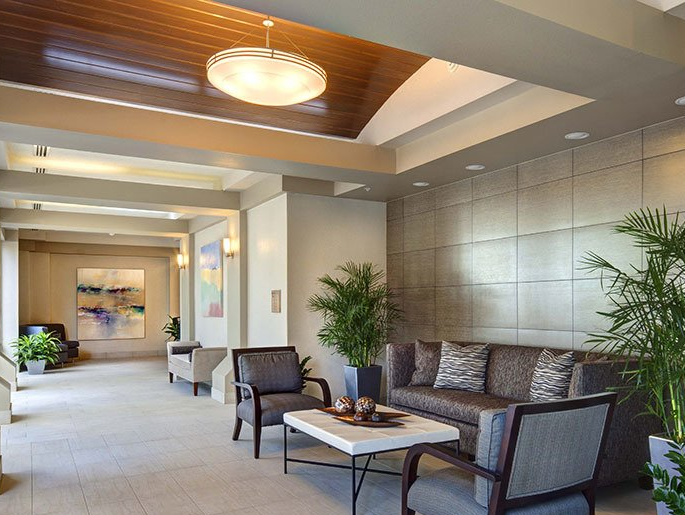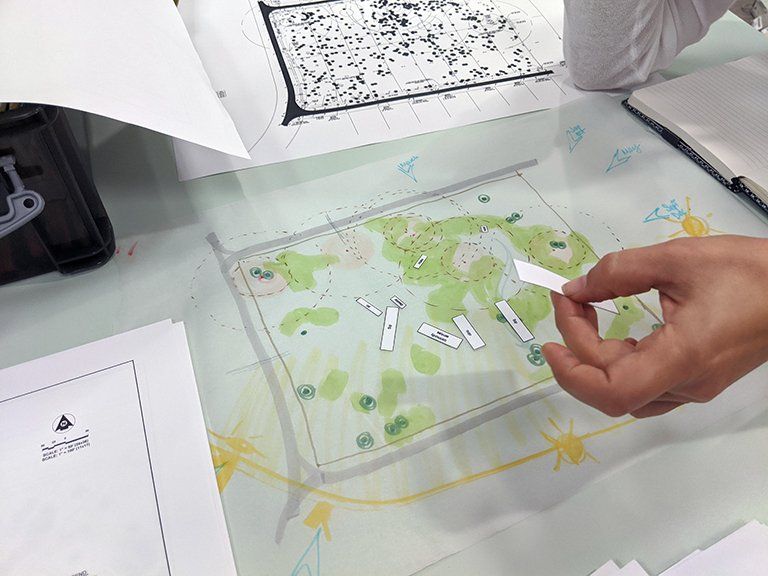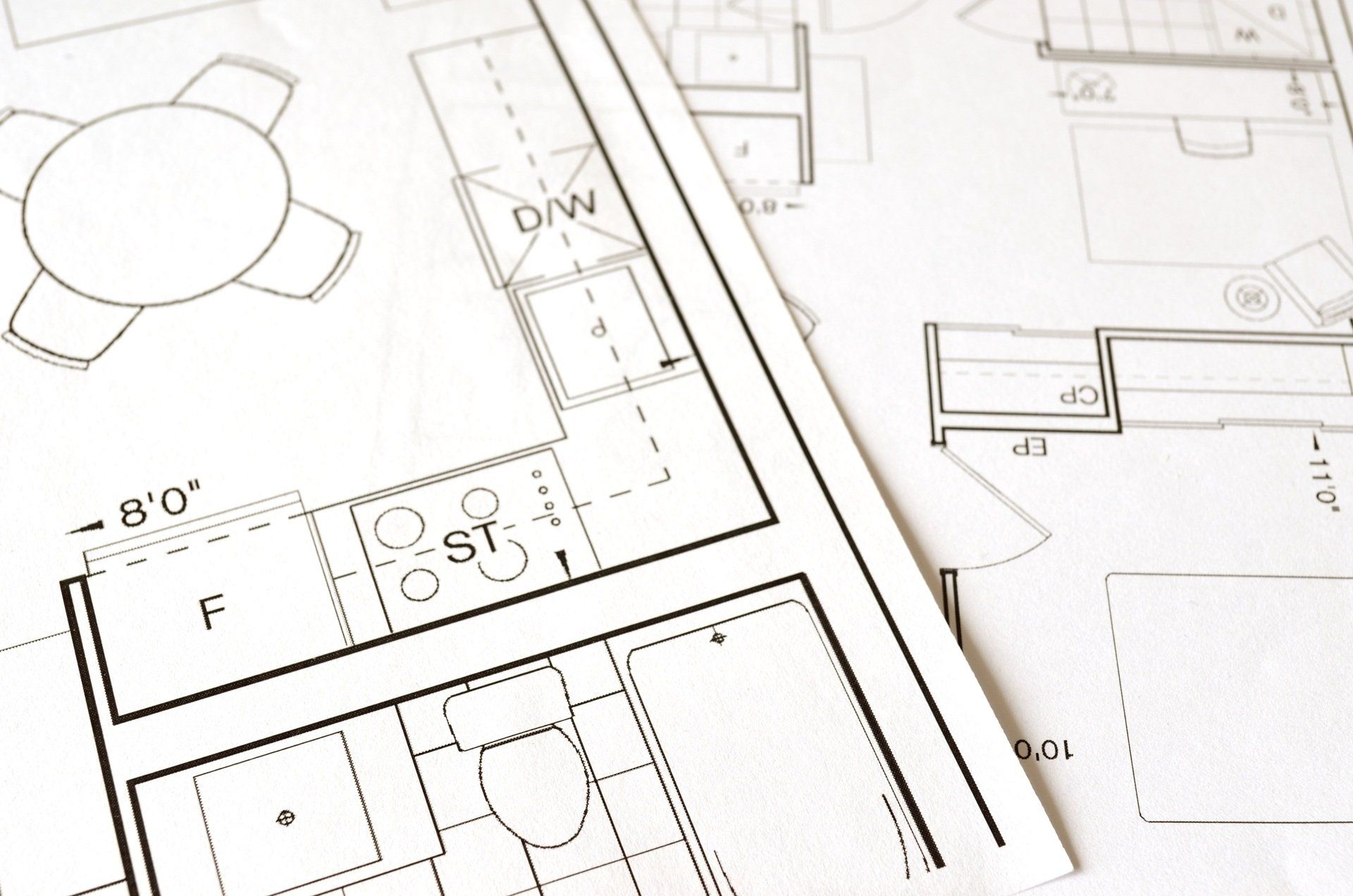Schimberg Group
Architecture & Interior Design
1421 5th Street, Unit D
Sarasota, FL 34236
The Four Layers of Building Design, Part 5: Interior Decoration
By Barron and Patricia Schimberg
This is the layer that many people misunderstand as interior design. Interior decoration is the final layer that is applied only after: the space planning and furniture plans are completed; lighting and electrical needs have been coordinated; color schemes, cabinetry designs, flooring, ceiling and wall details have been designed; and equipment, and appliances and plumbing specifications have been selected.
In both commercial and residential settings, an interior space is never quite complete without the important “layer” of decoration. No matter what the style of the interiors (minimalist modern to ornate classical) the proper selection or design of area rugs, throw pillows, decorative accessories, bedding, art work and window treatments are necessary in order to fully finish the space.
Too often, particularly in commercial projects, the interior décor isn’t planned for within the budget. This means a potentially beautiful office or lobby will appear unfinished, despite the use of exquisite finishes and furniture.
So, after all of the months of work that went into designing and constructing a new building, the client may end up rushing out to Home Goods to pull together a finished look for the “grand opening” event. Though we have found many lovely pieces at Home Goods, original artwork, custom accessories, and window treatments are key to creating truly special interiors.
The updated lobby in Bldg. 1 of The Marina Bay condominium complex in Longboat Key features paintings by Sarasota artists David Steiner and Kathy Wright.
In reality, planning for the “interior décor” layer of a building can begin while some of the more technical elements of interior design are still being worked out. It’s never too soon to share pictures from magazines or online design resources such as Houzz. Collaboration with an interior designer on the décor ensures that the real personality or marketing message is fully expressed within the interior design.
One of the most powerful “decorative” elements is artwork: paintings, sculpture, textile works, glass and ceramic artwork, prints and fine crafts. Artwork provides an unequaled opportunity to create interiors with a unique feel.
It can take some time to find artwork that serves the decorative needs, delights the owners, and meets the budget. So, selections or commissions should be addressed as early as possible. This ensures that the appropriate lighting and surroundings (i.e. custom display shelving or pedestals) are designed accordingly.
Artwork chosen for a space affects the overall mood and ambience; the impression you are trying to create for your customers, patients, family, friends or colleagues. There’s a plethora of talented artists in almost every community, anxious to find appreciative buyers. So, purchasing original artwork is always an option, even with a limited budget.
Don’t dismiss the decoration of a space as insignificant in the overall design. It’s in this “layer,” that often the most impactful and remembered design elements are found.
(If there are any specific questions you would like to see addressed in this series, please let us know. Feel free to e-mail comments to us or drop a note on Twitter, LinkedIn, or Facebook.)
Recent Blog Posts
Website design by Archmark





